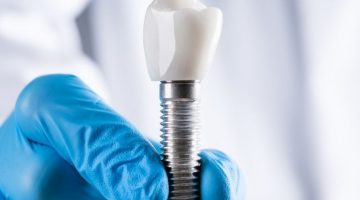Liposuction has long been one of the most popular cosmetic procedures for removing stubborn fat and contouring the body. However, with the evolution of medical technology, new and more advanced methods have emerged—one of which is VASER Liposuction. This innovative technique uses ultrasound energy to selectively break down fat cells with greater precision and minimal damage to surrounding tissues. But what exactly sets VASER Liposuction apart from traditional liposuction? What are the technical differences in terms of procedure, recovery, and results? In this blog post, we’ll explore the key distinctions between these two fat removal methods to help you make an informed decision if you’re considering body contouring surgery.
What Is Traditional Liposuction and How Does It Work?
Traditional liposuction, also known as suction-assisted liposuction (SAL), is a surgical fat removal procedure that has been used for decades. It involves making small incisions in targeted areas of the body, through which a thin metal tube called a cannula is inserted. This cannula is connected to a vacuum device that suctions out unwanted fat deposits from beneath the skin. Before the fat is removed, a solution containing saline, lidocaine (a local anesthetic), and epinephrine is usually injected into the area to minimize bleeding and reduce discomfort. While traditional liposuction is effective for removing larger volumes of fat, it can be more invasive, may result in greater bruising and swelling, and often requires a longer recovery period compared to newer techniques like VASER. Still, it remains a widely used and proven method for body contouring in the hands of an experienced surgeon.
What Is VASER Liposuction and What Makes It Different?
VASER Liposuction (Vibration Amplification of Sound Energy at Resonance) is a modern, minimally invasive fat removal technique that uses ultrasonic energy to target and break down fat cells before they are removed from the body. Unlike traditional liposuction, which mechanically dislodges fat with a cannula, VASER first emits controlled ultrasound waves through a special probe to gently liquefy fat. This emulsified fat is then suctioned out with minimal trauma to surrounding tissues such as nerves, blood vessels, and connective tissues. As a result, VASER is known for producing smoother results, less bruising, reduced swelling, and a quicker recovery time. Additionally, its precision allows surgeons to sculpt more delicate or fibrous areas—like the abdomen, arms, or inner thighs—with greater accuracy. For patients seeking a refined contour and a less aggressive procedure, VASER Liposuction offers a technologically advanced alternative to traditional methods.
Which One Is Right for You? Patient Suitability Compared
Choosing between traditional liposuction and VASER liposuction depends on your individual goals, body type, and medical history. Traditional liposuction may be more suitable for patients looking to remove larger volumes of fat in fewer sessions, especially in areas with dense fat deposits. On the other hand, VASER liposuction is often preferred by those seeking more precise contouring, smoother skin retraction, and a shorter recovery time. It’s also a better option for patients with mild skin laxity or those targeting smaller, more delicate areas like the arms, neck, or inner thighs. While both procedures are generally safe, VASER may offer a gentler experience for those concerned about bruising, swelling, or discomfort. A thorough consultation with a qualified plastic surgeon is essential to determine which method aligns best with your body and expectations.












Leave a Reply